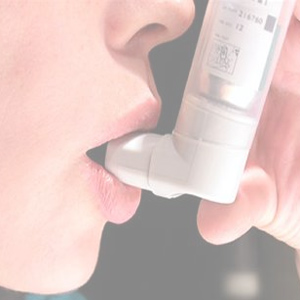
According to Jun Ye, the lead researcher of the study, “This technique can give a broad picture of many different molecules in the breath all at once.â€
The researchers conducted the study whose findings are published in the latest issue of the Journal Optics Express. The study found that a laser analysis of the breath can help pinpoint the rarest of molecules that may be markers of specific diseases.
Ye’s colleagues and John Hall and Theodor Hänsch, 2005 Nobel laureates in physics developed the laser breath analysis technique in the 1990s.
However, the efficacy of this technique is yet to be evaluated clinically. What is known is that this technique is the ultimate non-invasive and a low-cost procedure too.
Take for example; excess methylamine may indicate liver and kidney diseases, while bad breath may indicate dental problems. Meanwhile, the presence of ammonia could signal renal failure. On the same basis, elevated acetone levels in the breath could be an indication of diabetes, while nitric oxide levels can used to diagnose asthma.
